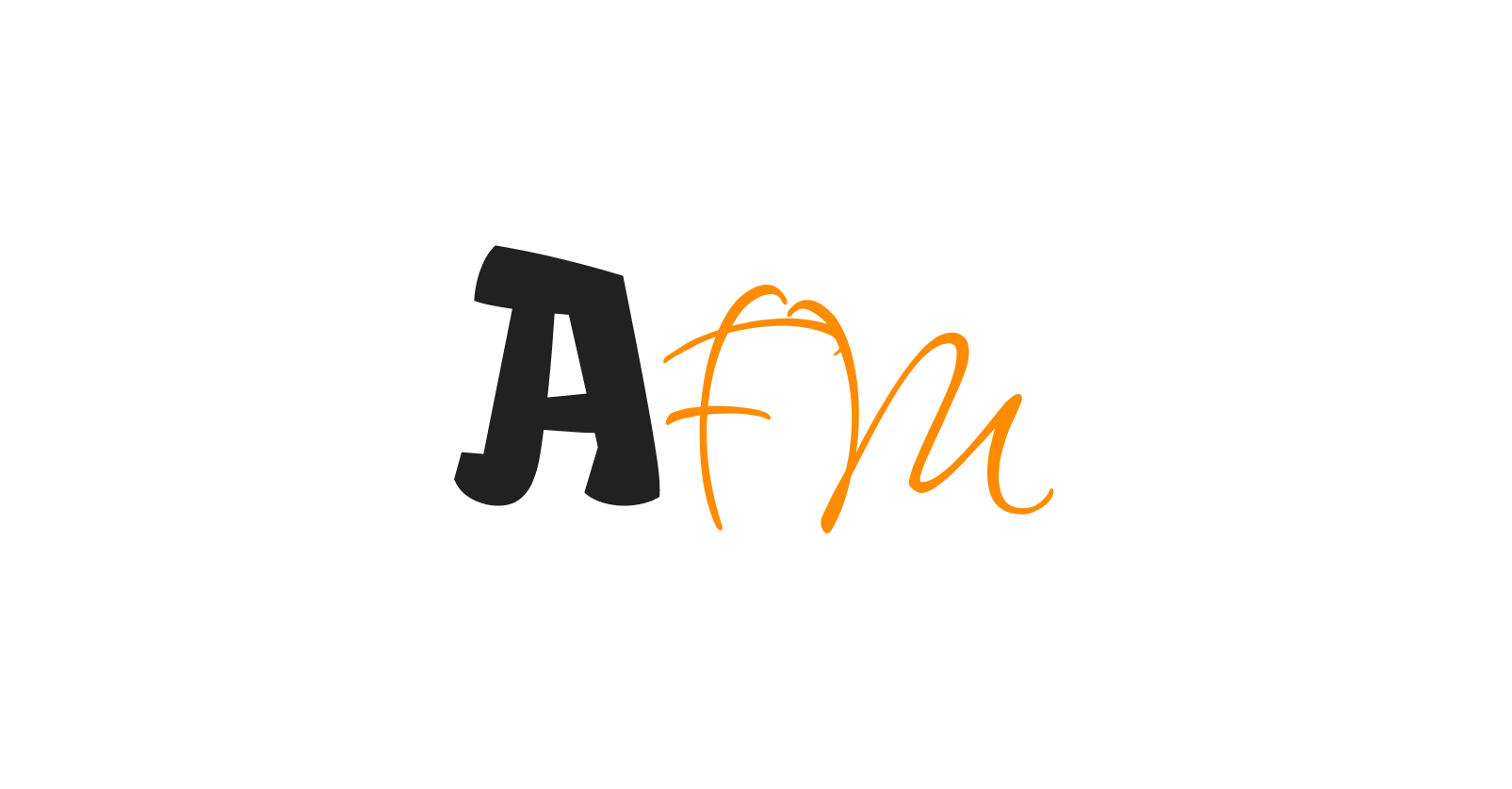Buying a home is a major milestone, but for many first-time buyers, saving for a down payment and closing costs can be overwhelming. To ease this burden, the government has launched a $1,000 stimulus program aimed at helping first-time homebuyers take the first step toward property ownership. This initiative is part of a broader effort to stimulate the housing market while promoting economic stability among low- to moderate-income families.
Who Is Eligible for the Homebuyer Stimulus?
To qualify for the $1,000 homebuyer stimulus, applicants must meet several criteria. You must be a first-time buyer, defined as someone who has not owned a home in the last three years. Additionally, your income must fall below a certain threshold based on your region and household size. Proof of U.S. residency, a valid ID, and pre-approval for a mortgage are often required. Many state programs also consider credit scores and participation in a homebuyer education course as part of their qualification checklist.
How and When Can You Apply?
The stimulus is being disbursed through state housing agencies and partner financial institutions. Most applications are submitted online through your state’s housing department website or through certified lenders offering approved mortgage programs. Applications are reviewed on a rolling basis, and funds are distributed on a first-come, first-served basis. It’s recommended that buyers get pre-approved for a mortgage before applying to show readiness and seriousness.
What Can the $1,000 Be Used For?
This stimulus payment can be used in various ways to ease the financial strain of home buying. It can help cover down payments, closing costs, title insurance fees, home inspection fees, or prepaid property taxes. In some cases, lenders may allow it to be used to reduce monthly mortgage payments by buying down interest rates. However, the funds cannot be used for furniture, renovations, or other post-purchase expenses.
Sample Use of $1,000 Homebuyer Stimulus
| Use Case | Estimated Cost Covered |
|---|---|
| Down Payment Assistance | Up to $1,000 |
| Closing Costs | Up to $1,000 |
| Title & Inspection Fees | Around $600–$900 |
| Property Tax Prepayment | Up to $1,000 (partial) |
The $1,000 stimulus for first-time homebuyers offers a much-needed helping hand for those entering the real estate market for the first time. While it won’t cover the full cost of purchasing a home, it significantly reduces upfront expenses, especially when combined with other federal, state, or local programs. If you’re planning to buy your first home in 2025, act quickly—funds are limited, and early applicants have the highest chance of receiving the benefit.
FAQ’s:
1. Can I use the $1,000 stimulus with other housing assistance programs?
Yes, this stimulus can often be combined with other grants or assistance programs at the state or federal level.
2. Is this a loan or does it need to be repaid?
In most cases, the $1,000 is a non-repayable grant. However, check with your state agency for specific terms.
3. What if I buy a home outside my current state of residence?
Some programs may require you to purchase within your home state, while others may allow cross-state purchases if relocating for work.
4. Will this stimulus affect my mortgage interest rate?
Not directly, but it may allow you to reduce your loan amount or buy down the rate, which can lower monthly payments.
5. What happens if I don’t close on a home this year?
You may lose eligibility for the 2025 stimulus unless the program is renewed or extended into 2026.
